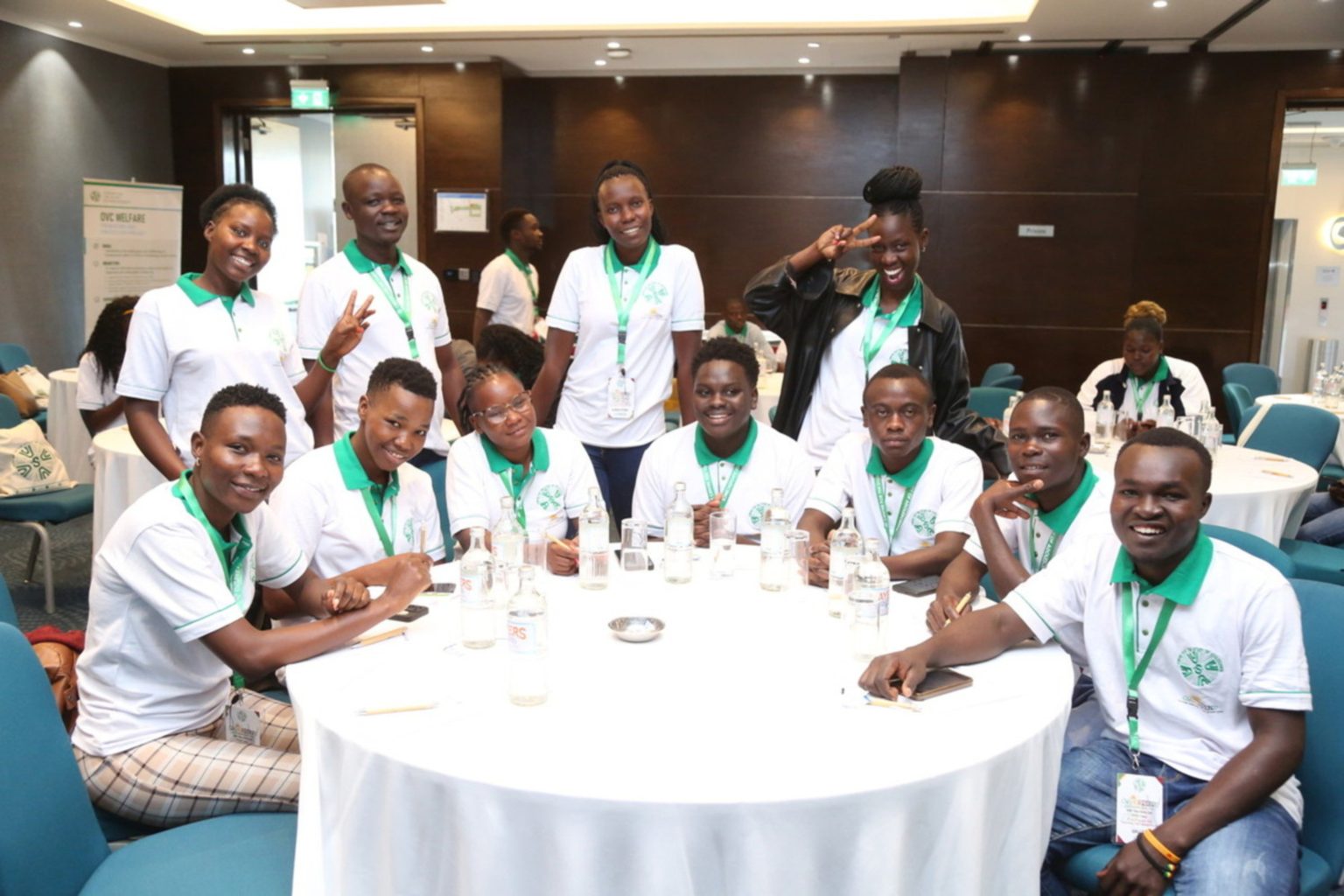By Lenah Bosibori
At the 37th anniversary celebration of the Centre for the Study of Adolescence (CSA) in Nairobi, young people took centre stage both symbolically and practically demonstrating the power of youth-led change in advancing sexual and reproductive health and rights (SRHR) among adolescents in Kenya.
The two-day Youth Symposium dubbed ‘CSA Horizon37 Youth Symposium 2025’ held in Nairobi, brought together more than 60 young advocates from different counties to reflect on CSA’s legacy and shape the organization’s next chapter.
Among the beneficiaries of CSA’s programs is Velma Olunga, who works in Kakamega County under the Orphans and Vulnerable Children (OVC) project. Her work focuses on introducing young learners to concepts of body safety and child rights.
“Children learn biology in school, but not about their rights, menstrual hygiene, or how to protect themselves from abuse,” she explains. “Teaching children their rights help prevent defilement and gender-based violence.”
Olunga and her team support underage and vulnerable children who often lack access to information and protection. She recently participated in the Child Rights Situation Analysis (CRSA), a needs assessment that identifies gaps and priorities for child protection in the community.
Under the OVC program, her team carries out outreach activities targeting school-going children to provide Comprehensive Sexual Education (CSE). While this remains a sensitive topic, child rights clubs have become safe spaces for open discussions about SRHR and how to prevent cases of defilement and gender-based violence (GBV).
“One of the biggest challenges,” Olunga adds, “is that the school curriculum still has major gaps. Students are taught anatomy but not practical topics like menstrual hygiene or whether underage girls can access family planning.”
To bridge these gaps, CSA complements the school curriculum through interactive, community-based learning. Through child rights clubs, children learn body mapping helping them identify and protect their private parts.
Olunga’s team also leads community mapping exercises, where children identify safe and unsafe areas in their neighbourhoods. For instance, in Lukuyani, Kakamega County, children named Matunda Market as unsafe because of the many bars located there. These findings are shared with local leaders, including chiefs, who then act to improve community safety.
“Through community mapping, we can engage local stakeholders to make children’s environments safer,” Olunga says.
Another young beneficiary, Juma Frederik, also from Kakamega, joined CSA through the Safe Health Group (SHG) initiative. He trained under the Community-Based Training (CBT) program a two-year project equipping youth with practical, hands-on skills.
“I chose to study electrical installation because I had studied physics in school,” Fredrick explains. “After six months of training, I qualified and started doing electrical work. I have not been formally employed yet, but I’m able to earn a living.”
“CSA covered all my tuition fees, which really helped because most of us came from humble backgrounds,” he recalls. “The biggest challenge now is certification without a certificate; it’s hard to get formal jobs.”
In her keynote address, Rosemary Muganda, Chair of CSA’s Board of Directors, commended young people for their leadership and creativity, emphasising that the event was designed “by youth, with youth, and for youth.”
“Young people are not leaders of tomorrow, they are leading now,” she said. “If you are waiting for permission or space to lead, you are in the wrong place.”
She reflected on CSA’s journey since its founding nearly four decades ago. What began as a small initiative by professionals addressing adolescent challenges in hospitals and schools has grown into a continental leader in youth-centered health and policy advocacy.
“CSA was born out of necessity,” she said. “We saw young girls becoming mothers before they were ready, and we knew something had to change. That urgency shaped who we are.”
While the organisation initially focused on research and awareness, advocacy and policy reform have since become central to its mission.
“It took years to achieve Kenya’s first adolescent health policy,” Muganda recalled. “We faced strong opposition, but we persisted, and today, young people have better access to health information and services because of that persistence.”
The symposium also addressed global challenges such as shifting donor priorities, with Muganda urging CSA and partners to explore new collaborations beyond traditional funding models.
“We must diversify our partnerships,” she said. “There are many organizations large and small ready to work with us. We just need to reach out.”
Since 2019, CSA has partnered with the Danish Family Planning Association (DFPA) to strengthen youth leadership in SRHR and explore the links between reproductive health and climate change. The partnership has empowered a new generation of peer educators and advocates to lead conversations once dominated by adults.
“We have witnessed real change,” said Kristine Himmelstrup, DFPA’s Diversity and Inclusion Advisor. “Communities that once hesitated to involve young people now recognize their voices and expertise as essential.”
During the celebration, young participants led interactive sessions, shared experiences from their counties, and helped develop commitments for CSA’s new strategic plan.
“This is not just an anniversary, but a celebration of youth leadership in action,” Himmelstrup added. “When we truly uphold the principle of ‘nothing about us without us,’ we unlock the true potential of change.”
“From a small office and personal sacrifices to what we have built today, this journey has been one of resilience and purpose,” she said. “And it’s clear the future of SRHR lies in the hands of the young people leading now.”




